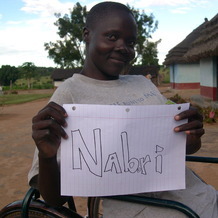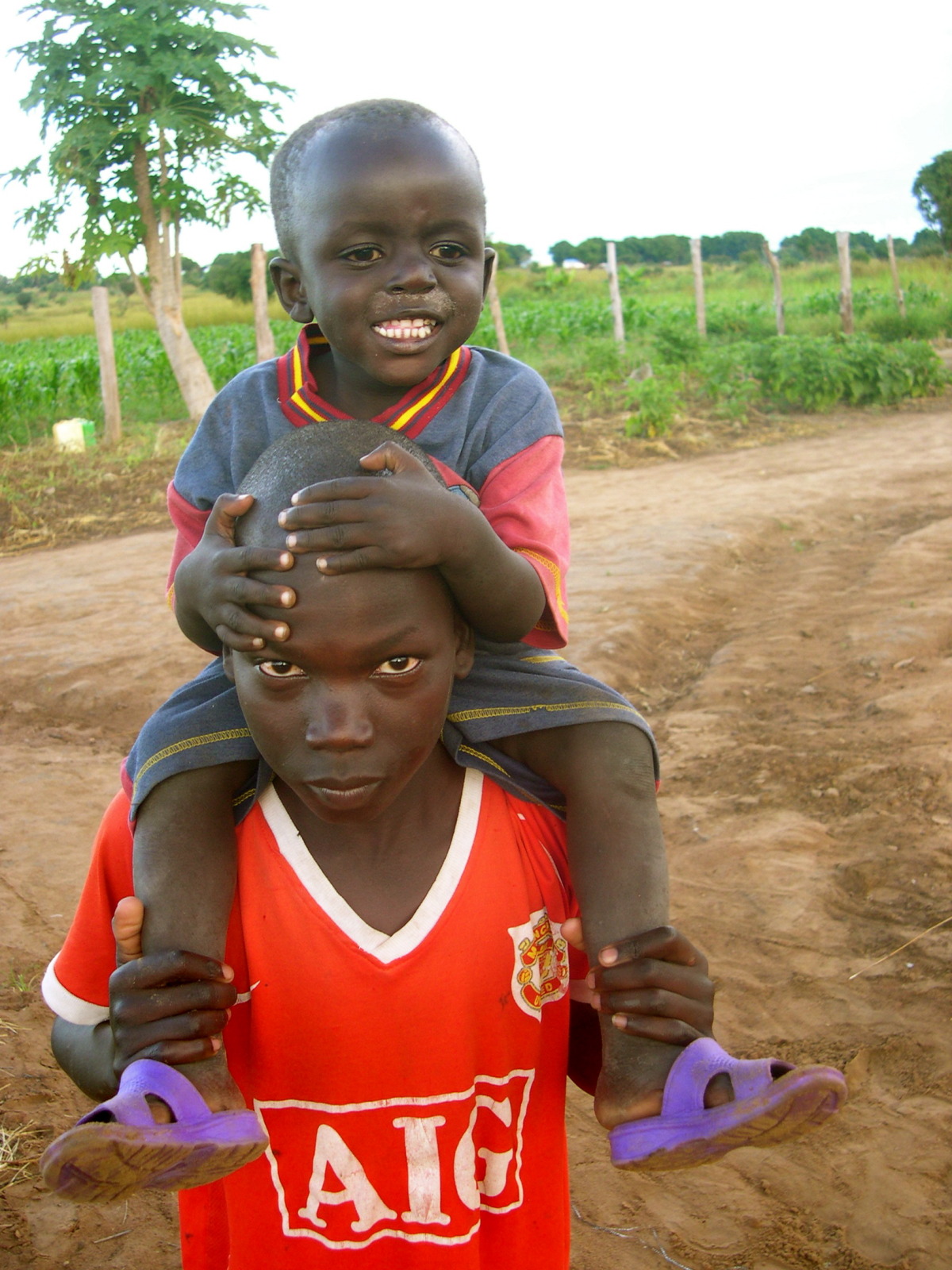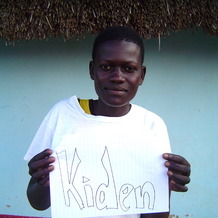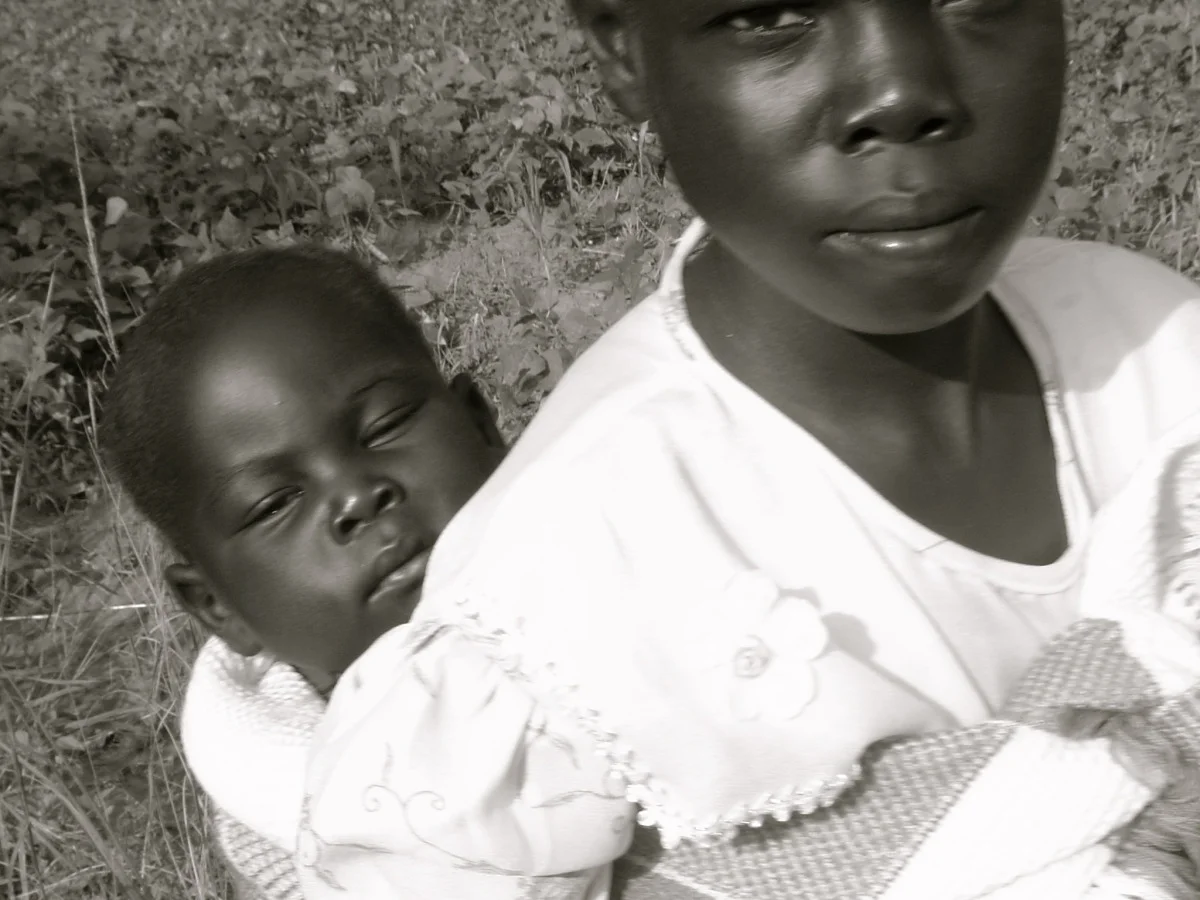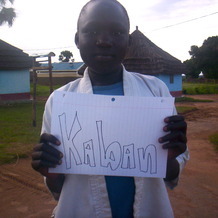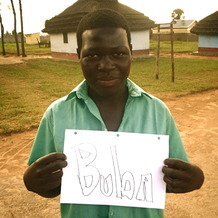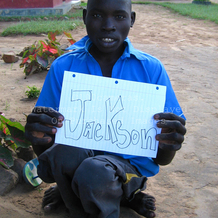The consequences of climate change have already ravaged communities across the globe, with the poor dealing with the brunt of the damage. Record-breaking floods in South Sudan have proven that the young nation is no exception.
Children fetching water during flooding. United Nations. CC BY-NC-ND 2.0.
Devastated by the repercussions of civil war and an acute poverty problem, South Sudan faces yet another alarming episode in its ongoing humanitarian crisis. For the past six months, South Sudan has faced the worst flooding that the region has seen in 100 years. Since June 2020, the nation has been overwhelmed by rapid flooding of the Nile, Pibor and Sobat rivers. Humanitarian experts found that over 1 million people have been affected, with nearly half of these victims originating in Jonglei state.
Jonglei has easily become the worst area hit by these floods, with entire villages submerged if not entirely washed away. So far, the count for those displaced is nearing 500,000. The floods have ruined farmland and drowned cattle, causing both short- and long-term threats to communities; nearly 90% of South Sudanese rely on farming for income. The displaced have been left to swim through chest-deep waters in search of aid to fight famine or waterborne diseases that are exacerbated by the floods. Those affected now wait eagerly for medical aid by humanitarian agencies, taking themselves and their families to higher and drier land.
Street flooding. nafeersudan. CC BY 2.0.
Although South Sudan has always experienced a dramatic rainy season, weather data shows that climate change has profoundly contributed to the record-breaking floods of this past year. Increased precipitation found in nearby areas increased the water flowing through the nation’s rivers, thereby increasing the flooding that ravages the country. Not only has climate change increased the severity of the flooding, but it has reduced the communities’ abilities to recover. Since 1980, an increased annual temperature has rendered the nation’s dry season even drier, which has fed into the area’s social, political and economic instability. With unprecedented flooding now in full swing, the nation’s weak infrastructure has now broken under the pressure.
The COVID-19 pandemic has also aggravated both the damage among villagers as well as aid availability. Pandemic regulations have restricted help from other countries; due to lack of funding, victims are unable to decipher which disease they are suffering from. Relief packages by humanitarian agencies such as Cordaid have arrived in Bor, the capital of Jonglei state. Aid workers have expressed extreme stress with the current situation, many voicing concerns that an inability to meet long-term solutions will result in harsh consequences. For instance, aid workers have advised that a reliable clean water supply is essential; otherwise the availability of drinking water will continue to diminish rapidly.
A battle between climate change and humanitarian efforts has characterized the history of this new nation. South Sudan has a long road ahead, but there is hope that stability will be regained and long-awaited peace will finally be restored.
Ella Nguyen
Ella is an undergraduate student at Vassar College pursuing a degree in Hispanic Studies. She wants to assist in the field of immigration law and hopes to utilize Spanish in her future projects. In her free time she enjoys cooking, writing poetry, and learning about cosmetics.




